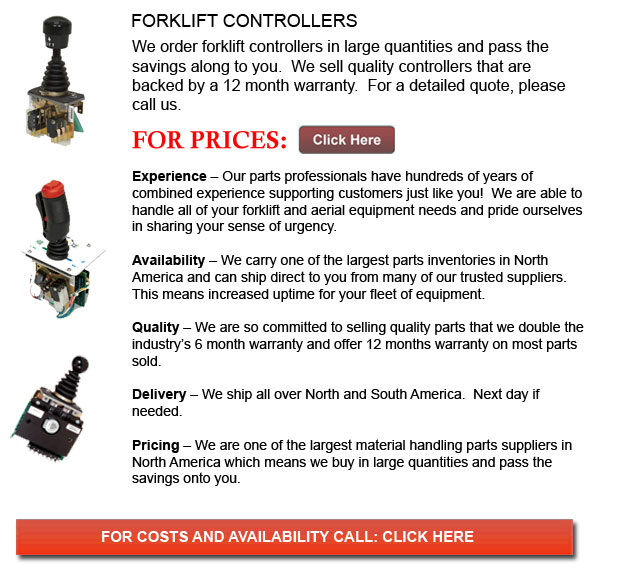
Forklift Controllers - Forklifts are available in several load capacities and different units. The majority of forklifts in a typical warehouse surroundings have load capacities between 1-5 tons. Larger scale units are utilized for heavier loads, like for instance loading shipping containers, could have up to 50 tons lift capacity.
The operator could use a control so as to lower and raise the blades, which may also be referred to as "blades or tines". The operator of the forklift could tilt the mast in order to compensate for a heavy loads tendency to angle the blades downward. Tilt provides an ability to work on rough ground also. There are annual competitions intended for skilled lift truck operators to contend in timed challenges as well as obstacle courses at local forklift rodeo events.
All lift trucks are rated for safety. There is a specific load maximum and a specific forward center of gravity. This essential info is provided by the manufacturer and located on the nameplate. It is essential cargo do not exceed these details. It is against the law in many jurisdictions to tamper with or remove the nameplate without getting permission from the forklift manufacturer.
Most forklifts have rear-wheel steering in order to improve maneuverability inside tight cornering conditions and confined spaces. This particular type of steering differs from a drivers' first experience along with various vehicles. For the reason that there is no caster action while steering, it is no needed to utilize steering force to be able to maintain a constant rate of turn.
Unsteadiness is another unique characteristic of lift truck operation. A constantly varying centre of gravity occurs with every movement of the load amid the lift truck and the load and they should be considered a unit during utilization. A lift truck with a raised load has gravitational and centrifugal forces which could converge to result in a disastrous tipping mishap. In order to avoid this possibility, a lift truck should never negotiate a turn at speed with its load raised.
Lift trucks are carefully built with a specific load limit meant for the blades with the limit lowering with undercutting of the load. This means that the cargo does not butt against the fork "L" and would lessen with the elevation of the tine. Normally, a loading plate to consult for loading reference is situated on the lift truck. It is unsafe to make use of a lift truck as a personnel lift without first fitting it with specific safety equipment like for example a "cage" or "cherry picker."
Lift truck utilize in warehouse and distribution centers
Lift trucks are an important component of distribution centers and warehouses. It is essential that the work situation they are situated in is designed in order to accommodate their safe and efficient movement. With Drive-In/Drive-Thru Racking, a forklift should go inside a storage bay that is several pallet positions deep to put down or obtain a pallet. Operators are normally guided into the bay through rails on the floor and the pallet is located on cantilevered arms or rails. These tight manoeuvres need expert operators so as to do the task efficiently and safely. As each and every pallet needs the truck to go into the storage structure, damage done here is more frequent than with various types of storage. When designing a drive-in system, considering the dimensions of the blade truck, including overall width and mast width, have to be well thought out to be able to make certain all aspects of a safe and effective storage facility.
![]() Click to Download the pdf
Click to Download the pdf
Forklift Parts
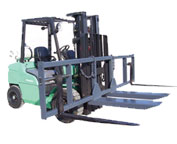
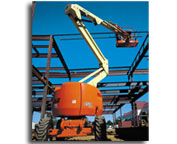
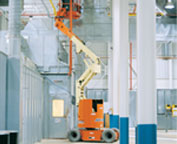
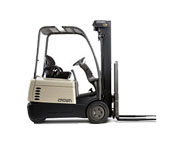
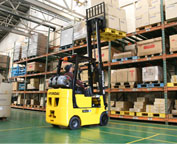
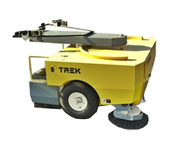
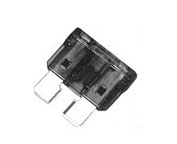
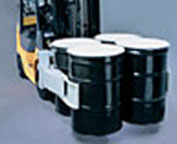
Lift Parts Express
TOLL FREE: 1-888-695-7994
LOCAL: (925) 215-7161
39120 Argonaut Way 423
Fremont, California
forkliftpartsfremont.com
Email Us
About Us


